It’s difficult to fathom there was once a time where fog at an airport meant you were unable to land. The development of autoland was a gamechanger for airlines, preventing diversions and all the associated costs and inconvenience to passengers.
Having experienced low visibility landings, it is a little disconcerting to see nothing until you’re about to touch down. It’s perfectly safe and has been around for quite a long time now.
What Is Autoland?
Limited visibility operations are divided into categories outlining the decision height (DH) and runway visual range (RVR). The decision height is the minimum height at which a pilot must be able to see the runway to continue the landing. The runway visual range is how far you can see ahead. If the minimums are not met then the landing will be abandoned.
Which Aircraft Pioneered Autoland?
The 1960s were a time of great innovation in aviation and this is where we find the first automatic landings by jet aircraft. The French Sud-Aviation Caravelle made the first automatic landing on 29 September 1962. Certification to CAT II standard was granted on 25 September 1964, with automation allowed to take the aircraft to 50 feet, followed by a manual touchdown.
The Boeing 727 made the first completely automatic landing in revenue service on 27 February 1967, though it was under CAT I conditions. That was on a flight into New York from Montego Bay.
So Which Airline Made The First Autoland?
There are three airlines which stake a claim to being the first to use autoland. British European Airways and their Trident made the first one with passengers on 3 March 1964, though it was just the approach and not the flare and touchdown. Their first approach and flare came later on 10 June 1965.
Overall Thoughts
A lot of testing and work went into the autoland system and it’s not too surprising the European’s led the way. Foggy conditions are more prevalent in Europe, so it made sense they would focus on this.
No matter which way you slice it, it’s good that we have this technology when flying. Otherwise there would be many more reports of stranded passengers due to the weather. By the way, the first large aircraft to have the system was the Vickers VC10 and you can see a short video of it landing automatically here.
Do you agree that Air Inter was first here or would your vote go for one of the other airlines? Thank you for reading and if you have any comments or questions, please leave them below.
Like planes? See my “Does anyone remember” series.
Flight reviews your thing? Mine are all indexed here.
Follow me on Facebook, Twitter and Instagram.
Featured image by Jean Dieuzaide via The Dreamy Dodo.
United Caravelle by Jon Proctor.
BEA Trident via BAe Systems.
Air Inter Caravelle by Michel Gilliand on Airliners.net


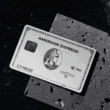

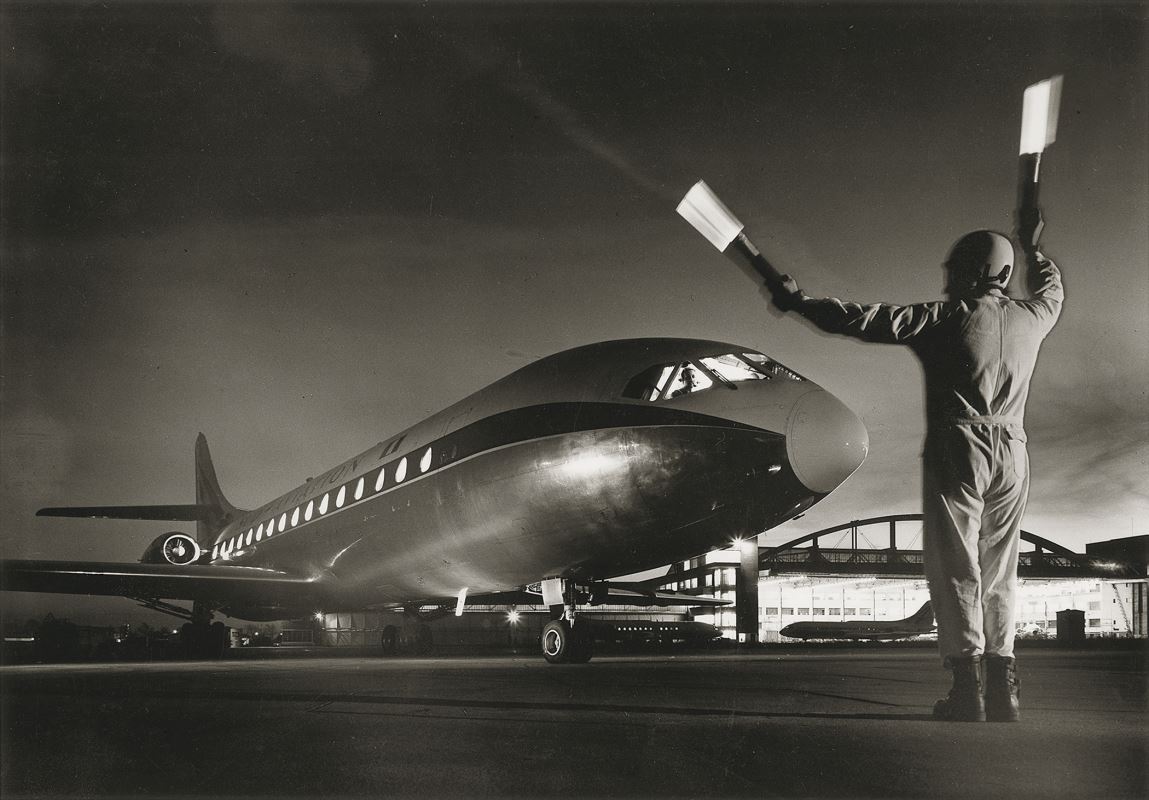

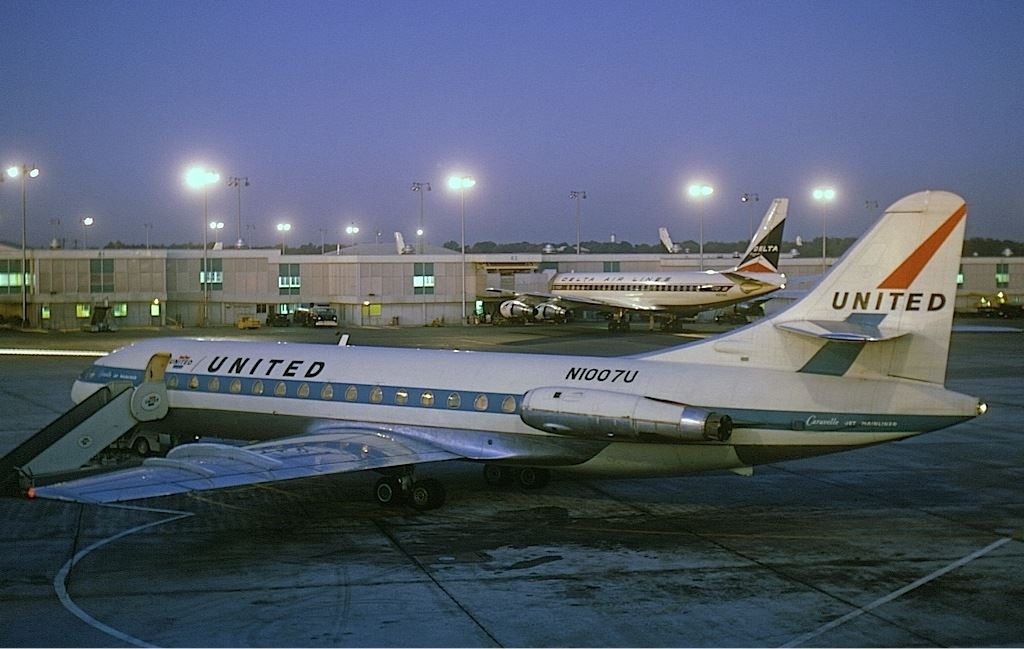
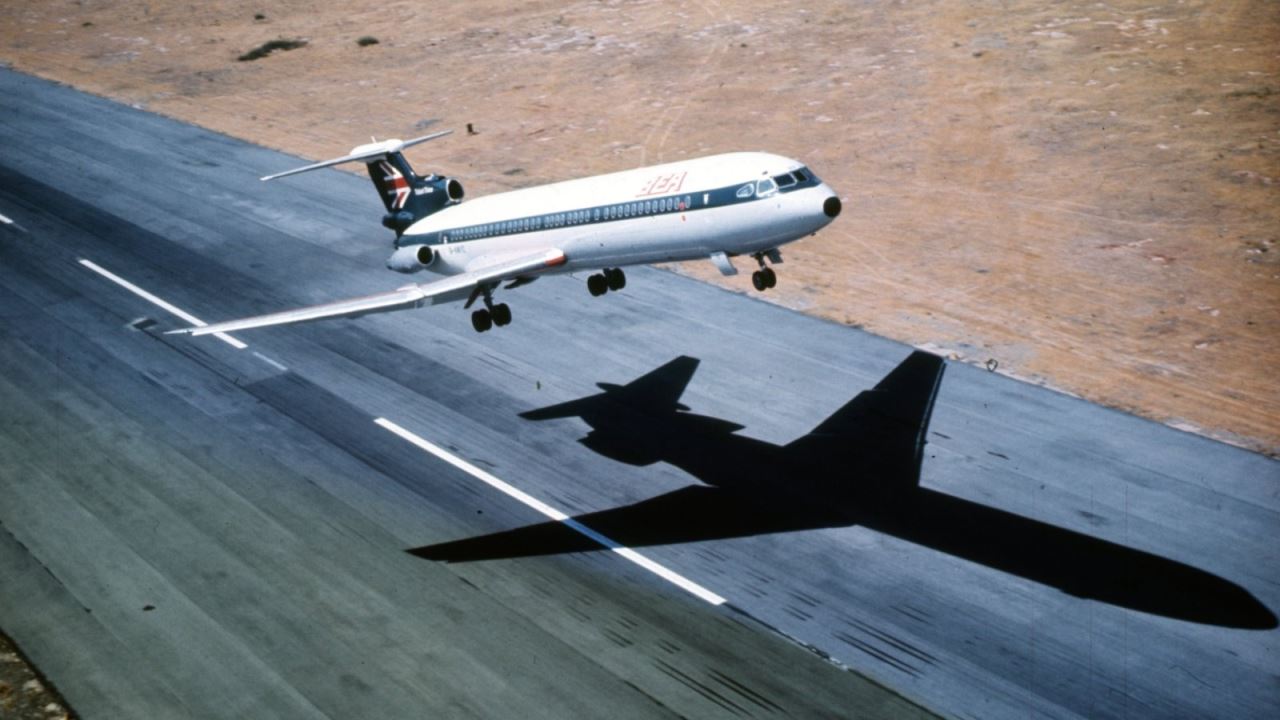

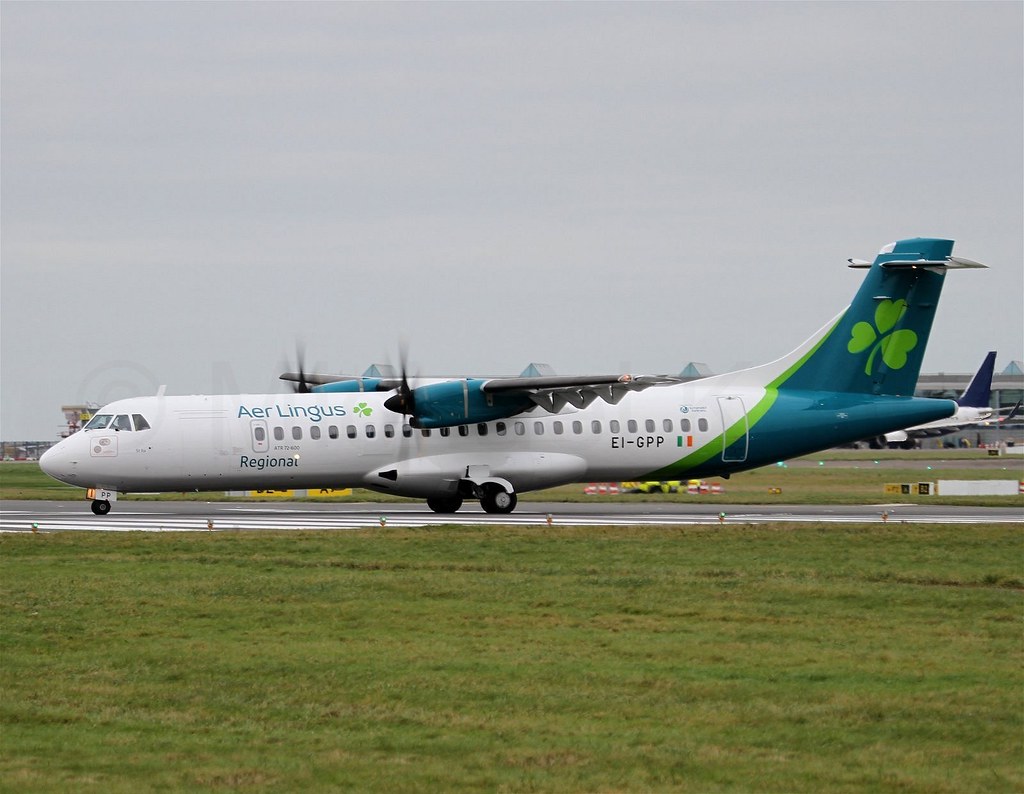
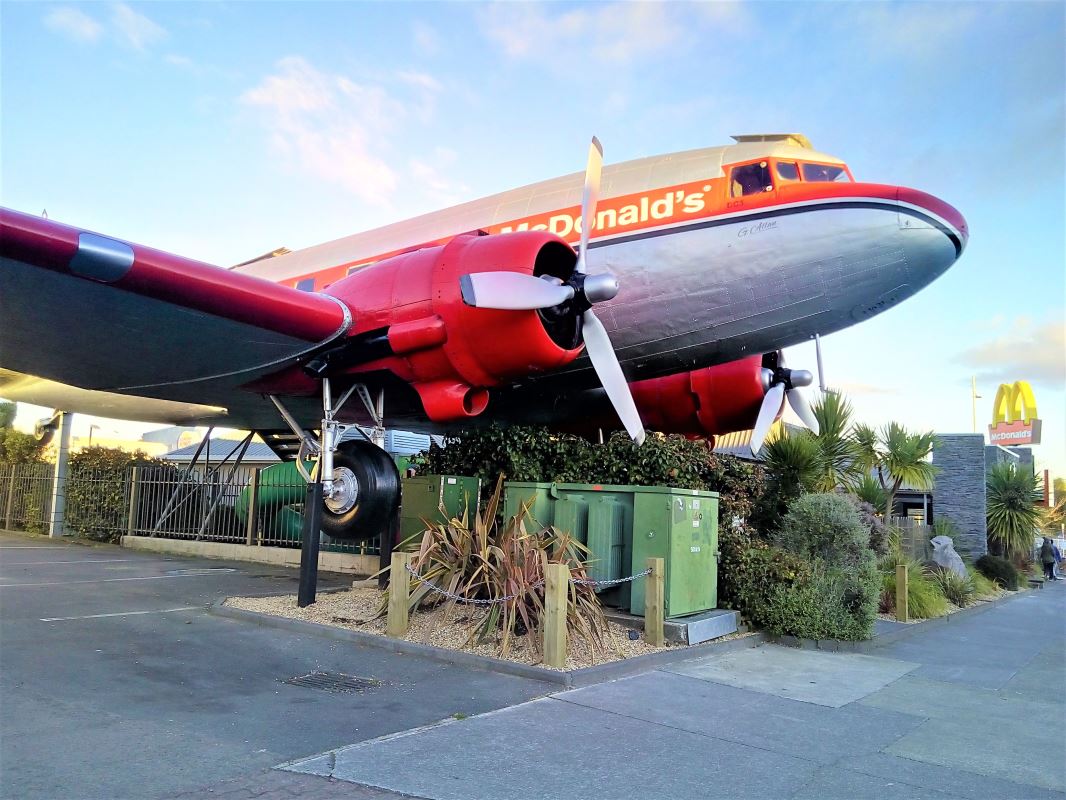
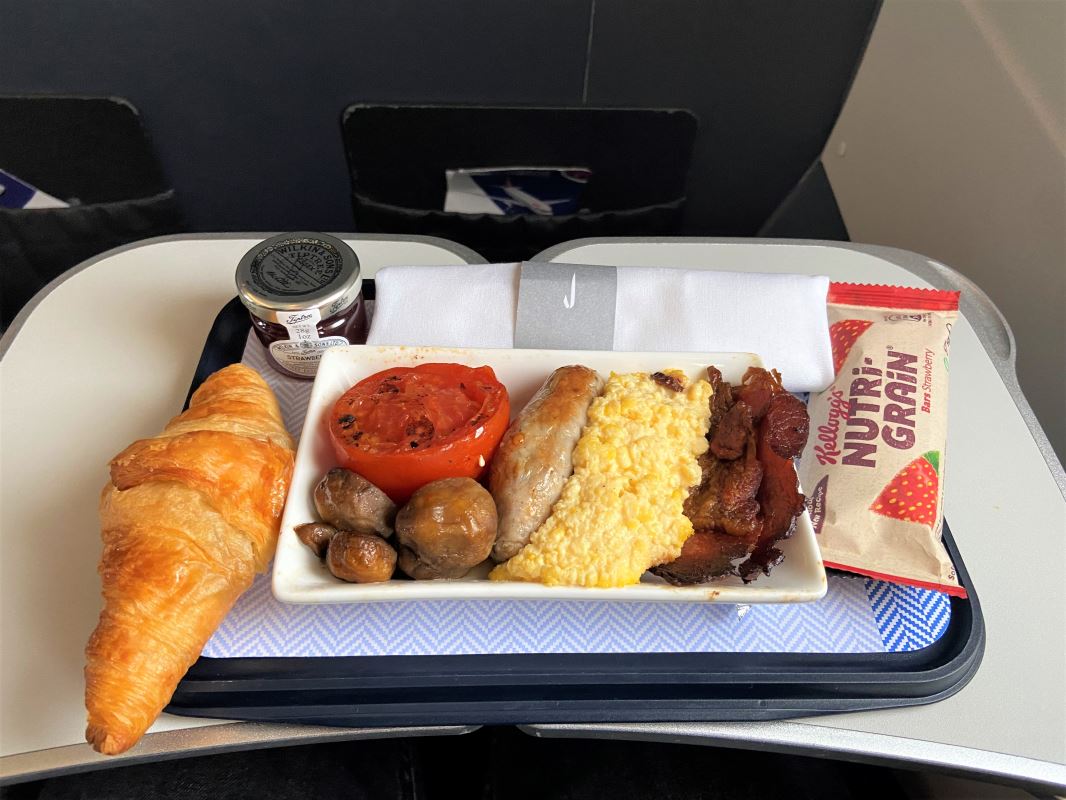

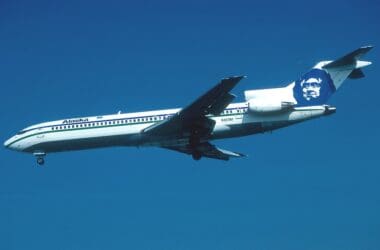
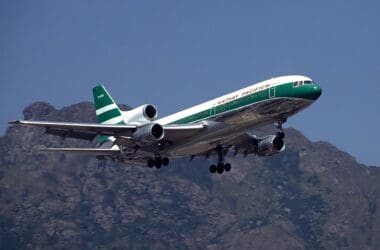
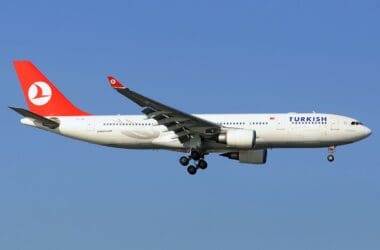
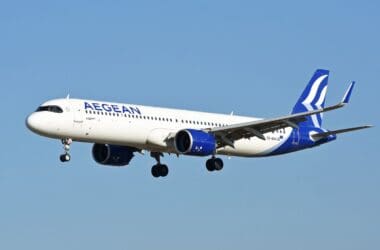
“The Boeing 727 made the first completely automatic landing in revenue service on 27 February 1967, though it was under CAT I conditions. That was on a flight into New York from Montego Bay.”
That one gets my vote regardless of weather conditions since it was a complete autoland with paying passengers in scheduled service. Arguments can be made for some of the others as well and I wouldn’t get in a hissy fit over a different opinion.
Yes, that was what inspired me to write the article. I saw that Pan Am had claimed it, but I knew that the British were quite vociferous about it as well, so I had to research it. I mainly chose Air France as I didn’t think anyone else would and I liked how the first one in CAT III was actually a Caravelle, which was really a pioneer of it all.